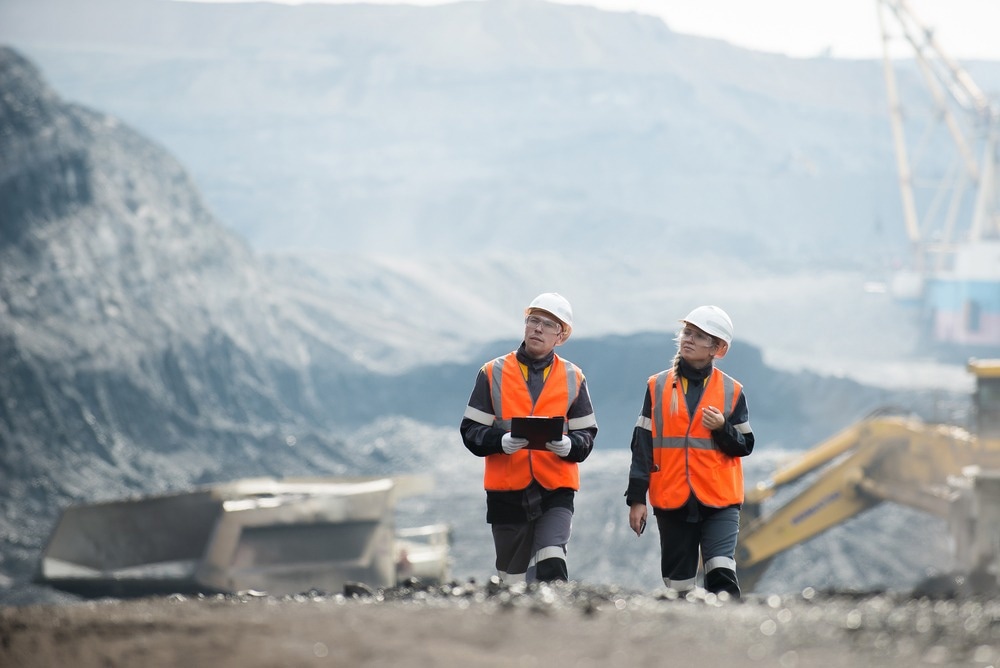Yorbeau Resources Inc. finished a 4,586 meter drilling program in early November on its Scott Lake property. Since the previous press release on October 5th, 2022, Yorbeay has drilled one hole (SC-93) and set two wedges (SC 95 W1, SC 95 W2) to intersect the new zinc and copper zone less than 300 meters west of the Scott Lake deposit and the Gwillim Lake regional Fault.

Image Credit: Mark Agnor/Shutterstock.com
The zinc and copper mineralized zone were intersected by the hole and the two wedges at widths varying from 3 to 8 meters.
Five holes have now intersected the mineralization over 100 meters laterally, and it is still open throughout the entire surface of the conductive plate that has been modeled at 175 by 175 meters. In a few days, a figure showing the location of the holes in relation to the conductive plate will be accessible on the company’s website.
Samples from the mineralized zone are currently being prepared at the company’s Rouyn-Noranda facility and will be delivered as soon as possible to the analytical lab. Results are anticipated in 2023’s first quarter.
Yorbeau also intends to carry out a geophysical survey at the SC-93 drill hole’s westernmost location to look for any potential new lenses connected to tuff horizons that could be present there.
Yorbeau increased the size of its portfolio of properties in Quebec in 2015 by purchasing strategic base metals in high-potential areas of the Abitibi belt with supportive infrastructure for mining development.
The Scott Project, which consists of several mineralized zones with volcanogenic massive sulfides (“VMS” mineralization characteristics), is one of the acquired base metal properties.
Numerous distinct lenses of stratiform massive sulfides situated along or close to rhyolite-andesite/basalt contacts are part of the VMS-style mineralization at the Scott Project.
Separate vein-like and disseminated sulfides of the VMS (stingers) style, which may or may not connect to massive sulfides, have also been intersected over a distance of at least 2 kilometers in an easterly and westerly direction.
According to a Preliminary Economic Assessment (PEA) completed by Roscoe Postle Associates (RPA) in late 2017, the project presents a chance to develop a mine close to the towns of Chibougamau and Chapais, a typical northern mining development environment, providing the advantages of housing along with the availability of labor.